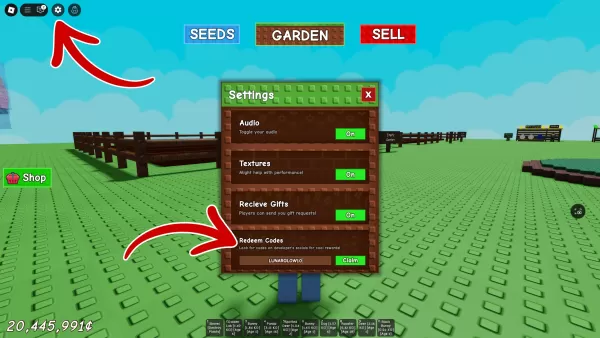Evolution of Monster Hunter Weaponry
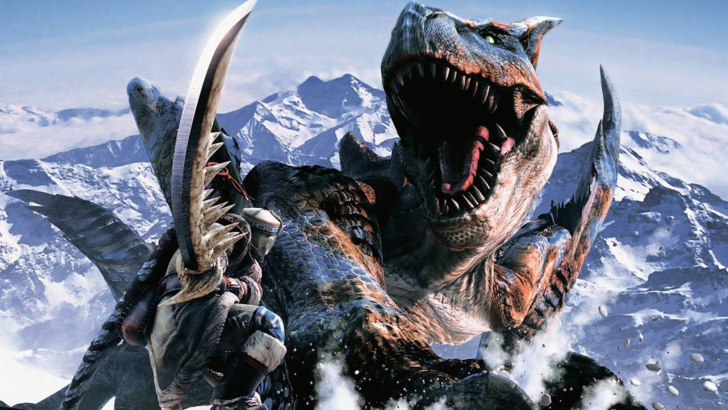
Monster Hunter is renowned for its diverse range of weapon types and engaging gameplay, but did you know that there are even more weapons from earlier games that haven't made it into newer releases? Dive into the fascinating history of Monster Hunter's weaponry and discover more.
← Return to Monster Hunter Wilds' main article
History of Weapon Types in Monster Hunter
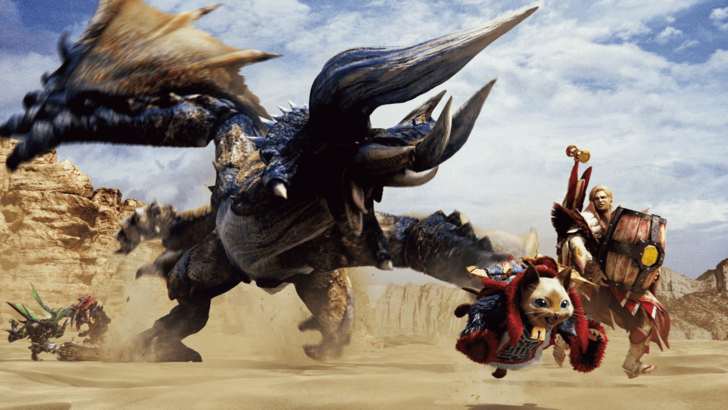
Monster Hunter has been captivating players for over two decades since its debut in 2004. One of its defining features is the variety of weapon types available, each offering unique strengths, weaknesses, movesets, and mechanics. Monster Hunter Wilds will feature fourteen distinct weapon types, each demanding a different skill set from players.
As the series has evolved, the arsenal of tools, moves, and mechanics has expanded significantly. For instance, the Great Sword has transformed dramatically from its initial version to the latest iteration. Additionally, there are weapons from older games that never reached Western audiences. Let's explore the rich history of Monster Hunter, focusing on the evolution of its weaponry.
First Generation
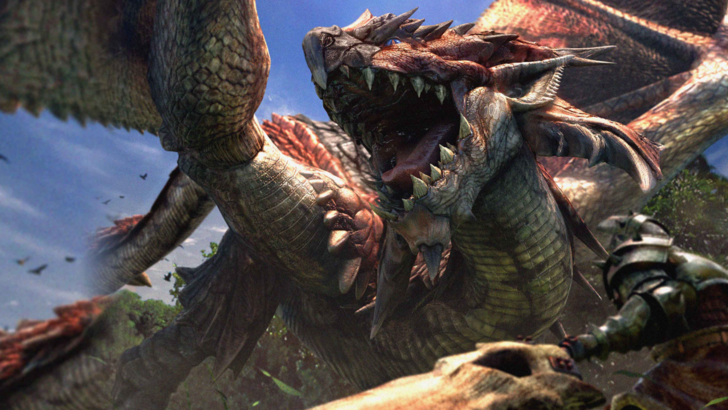
The first generation of Monster Hunter introduced weapons that have become iconic within the series, evolving over time with new movesets and mechanics.
Great Sword
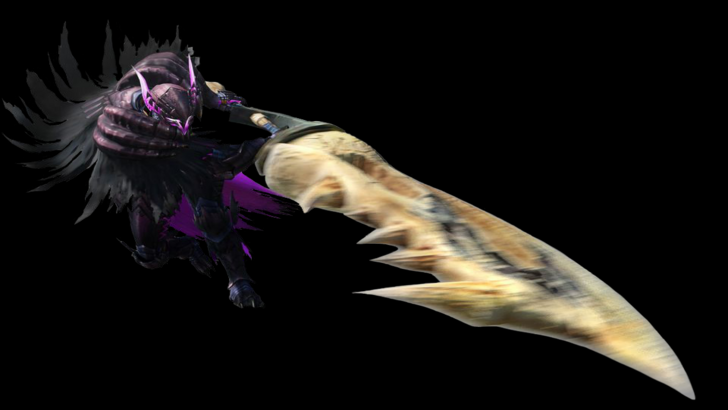
The Great Sword, a staple since the original 2004 release, is known for its high damage output, albeit at the cost of slow movement and attack speed. In the first game, it was designed around hit-and-run tactics, with a unique feature where hitting a monster with the middle of the blade dealt more damage.
Monster Hunter 2 introduced the Charged Slash, a pivotal move that allows hunters to charge their attacks for up to three levels, increasing damage with each level. Subsequent games further enhanced the Great Sword's mechanics, adding new finishers and improving combo fluidity. For instance, Monster Hunter World introduced a shoulder tackle attack, enabling hunters to withstand monster attacks and quickly transition into charged attacks.
The Great Sword's low skill floor and high skill ceiling make it accessible yet challenging, rewarding players who master its timing and positioning to maximize damage with the True Charged Slash.
Sword and Shield
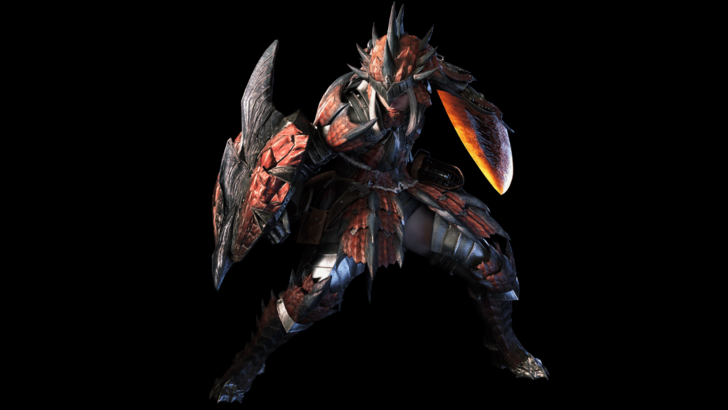
The Sword and Shield is celebrated for its versatility, offering a balanced setup with quick combos, mobility, and the ability to block. Initially considered a beginner's weapon due to its straightforward playstyle, it has evolved significantly over the series.
In its debut, the Sword and Shield focused on rapid slashes and mobility. Monster Hunter 2 added the ability to use items without sheathing the weapon, enhancing its utility. Later games introduced new moves like the shield bash combo, backstep, and jumping attacks, culminating in the Perfect Rush combo and aerial finishers in Monster Hunter World and Rise.
Despite its short range and moderate damage, the Sword and Shield's versatility makes it a jack-of-all-trades, often underestimated but capable of great depth.
Hammer
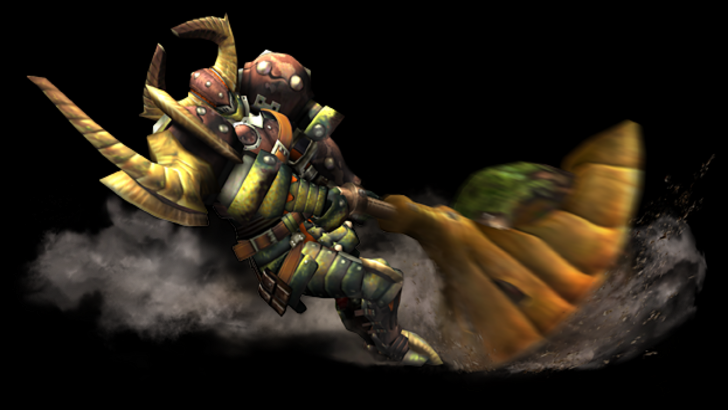
The Hammer, one of the few weapons focusing on blunt damage, excels at breaking monster parts, particularly heads, to achieve knockouts. Its playstyle, similar to the Great Sword, involves hit-and-run tactics, but with higher mobility and a unique charge mechanic that allows movement while charging.
While the Hammer's moveset remained relatively consistent, Monster Hunter World and Rise introduced significant changes, such as the Big Bang and Spinning Bludgeon attacks, along with Strength and Courage modes that alter charge attack effects. Mastering the Hammer involves learning to switch modes and maintain charge during movement, aiming to knock out monsters quickly for maximum damage opportunities.
Lance
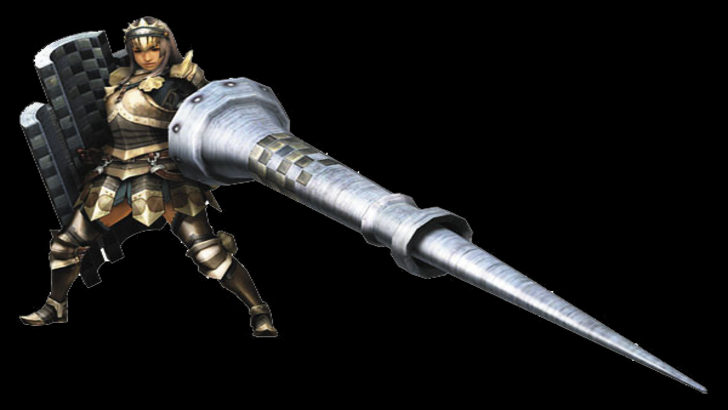
The Lance embodies the principle that a strong defense can be an effective offense. With its long reach and large shield, it excels at blocking most attacks and maintaining a defensive stance. Its playstyle is akin to an outboxer, focusing on poking at a distance while shielded.
The Lance's core moves include forward and upward thrusts, with a Counter mechanic added in later versions to enhance its defensive capabilities. Despite its slow movement and limited attacks, the Lance's damage output and defensive prowess make it a unique choice for players who prefer a tank-like approach.
Light Bowgun
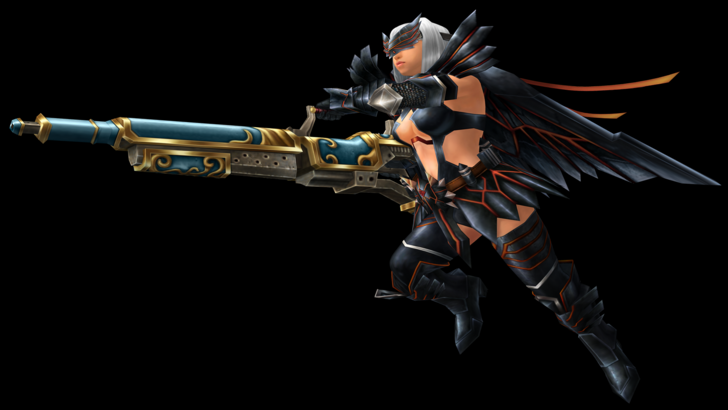
The Light Bowgun, a ranged weapon introduced in the first generation, offers mobility and fast reload speeds. While it may not match the firepower of its heavier counterpart, its customization options and Rapid Fire capability make it a versatile choice.
Monster Hunter 4 introduced the Critical Distance mechanic, adding depth to ranged combat by requiring optimal positioning for maximum damage. Monster Hunter World added the Wyvernblast mechanic, allowing hunters to plant bombs that detonate upon impact, enhancing the Light Bowgun's offensive potential.
Heavy Bowgun
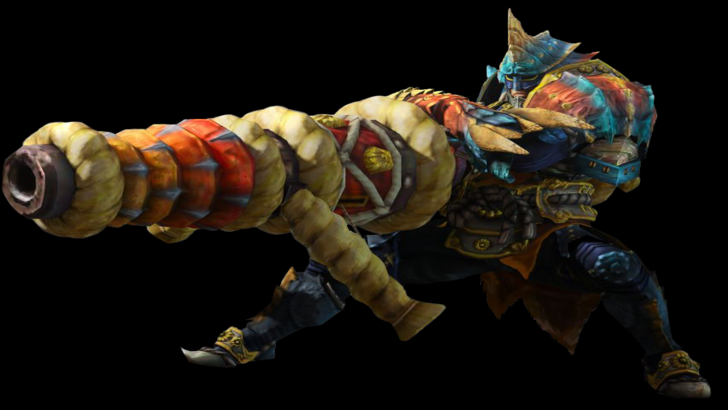
The Heavy Bowgun, also introduced in the first generation, is renowned for its high damage and ability to use various special ammunition types. Its slow movement is offset by its flexibility in ammunition choices and customization options, including a shield for added defense.
Monster Hunter 3 introduced Siege Mode, allowing continuous firing without reloading. Monster Hunter World added Wyvernheart and Wyvernsnipe, special ammo types that enhance the weapon's damage output. The Heavy Bowgun's gameplay involves strategic preparation and ammunition management, making it a powerful tool for long-range combat.
Dual Blades
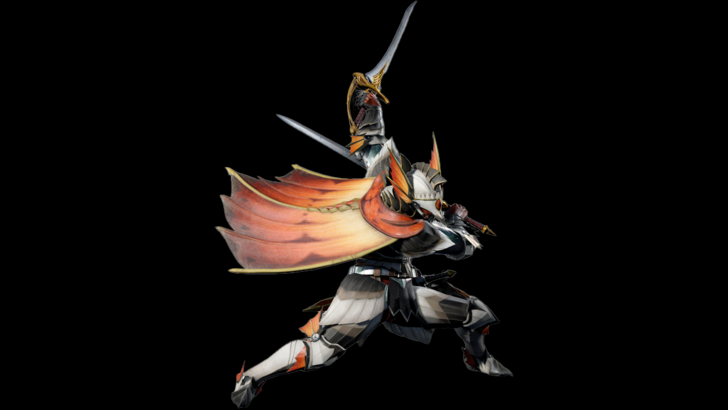
The Dual Blades, introduced in the Western release of the first game, emphasize speed and fluid combos, excelling at inflicting status ailments and elemental damage. The weapon's Demon Mode increases damage and access to offensive moves, though it drains stamina.
Monster Hunter Portable 3rd and 3 Ultimate introduced the Demon Gauge, leading to Archdemon Mode, which allows access to powerful moves without stamina drain. The Dual Blades' Demon Dash and perfect dodge mechanics added in later games enhance its mobility and offensive capabilities, making it a dynamic choice for players focused on speed.
Second Generation
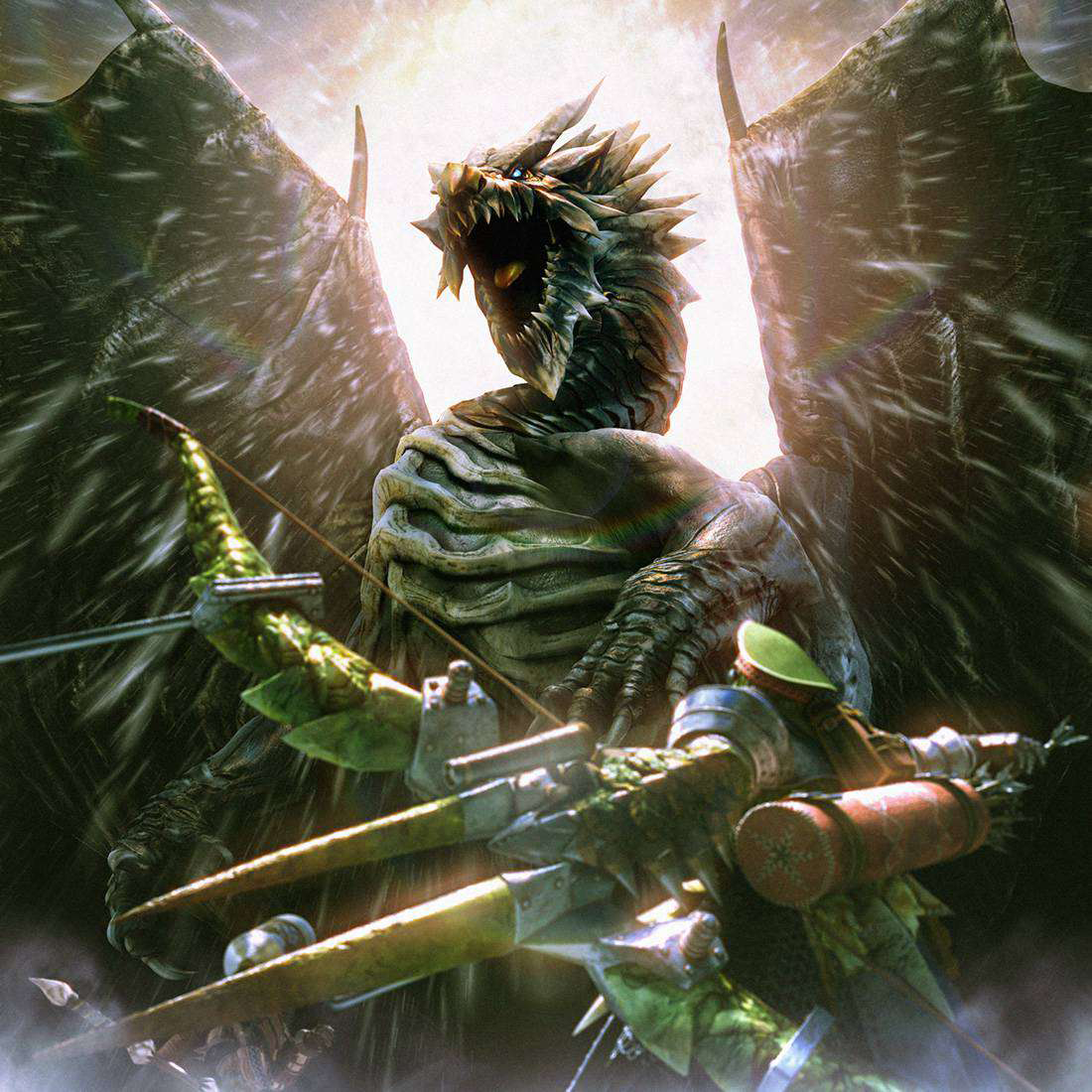
The second generation of Monster Hunter games introduced new weapons that, while similar to their predecessors, offered unique movesets and mechanics.
Long Sword
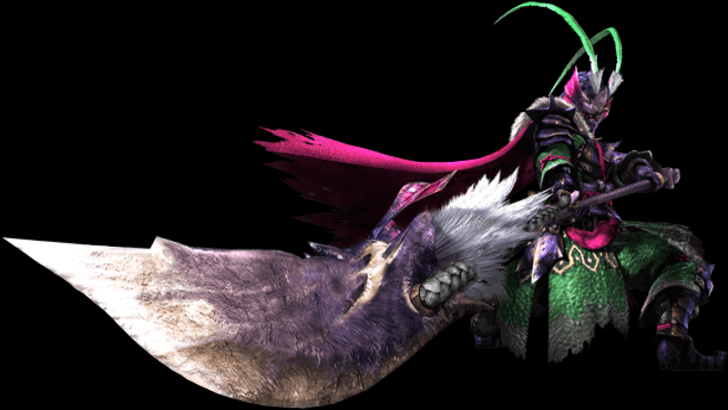
The Long Sword, known for its fluid combos and high damage, was introduced in Monster Hunter 2. It shares similarities with the Great Sword but offers greater mobility and a more dynamic combo structure. The Spirit Gauge, filled by landing attacks, allows access to powerful Spirit Combos.
Monster Hunter 3 introduced new levels to the Spirit Gauge, culminating in the Spirit Roundslash finisher. Monster Hunter World added the Spirit Thrust Helm Breaker and the Foresight Slash, a parry attack that enhances the weapon's fluidity. The Iceborne expansion introduced the Iai Stance, further refining the Long Sword's counter-based playstyle.
Hunting Horn
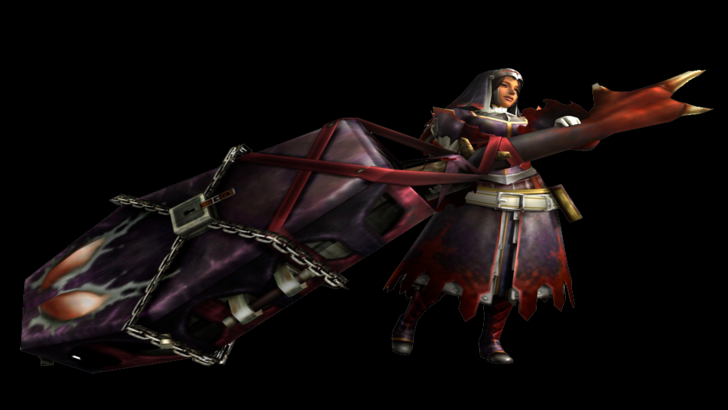
The Hunting Horn, a support weapon introduced in Monster Hunter 2, offers unique Recital mechanics that play songs to buff the party. While it deals impact damage like the Hammer, its focus on support makes it less damaging but incredibly valuable in team settings.
Improvements over time, such as the ability to play notes while attacking in Monster Hunter 3 Ultimate and queuing songs in Monster Hunter World, enhanced the Hunting Horn's fluidity. Monster Hunter Rise overhauled the weapon, simplifying its song mechanics to make it more accessible, though this change was divisive among players.
Gunlance
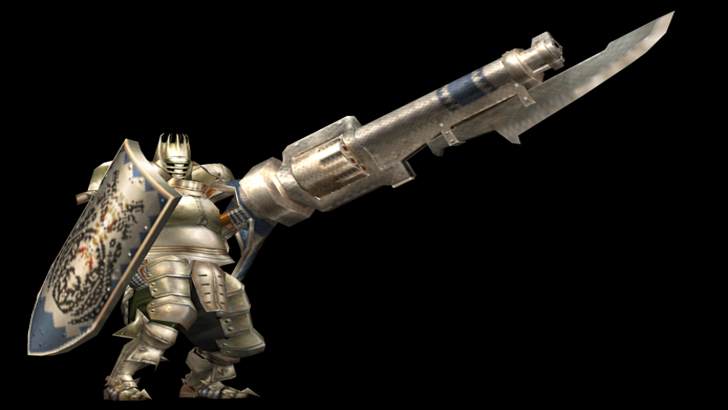
The Gunlance, a hybrid of the Lance and Bowgun introduced in the second generation, offers explosive shelling capabilities alongside traditional lance attacks. Its unlimited ammunition, reloaded by the hunter, adds a strategic element to its aggressive playstyle.
Monster Hunter 3 introduced quick reload and Full Burst mechanics, while Monster Hunter X added the Heat Gauge, which boosts physical damage but can overheat. Monster Hunter World introduced the Wyrmstake Shot, a powerful finisher that impales monsters with an explosive stake.
Bow
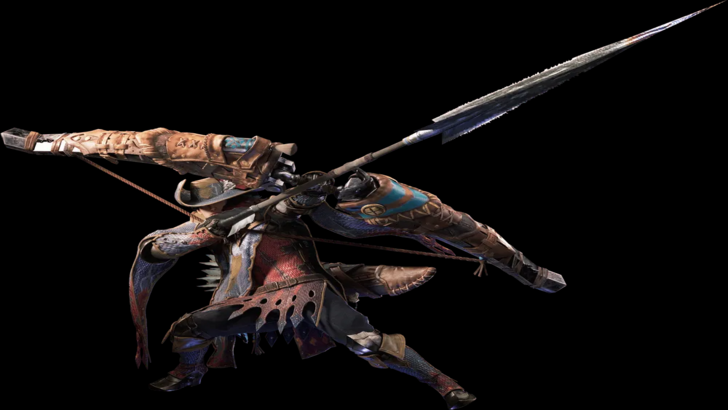
The Bow, introduced in Monster Hunter 2, is the most agile ranged weapon, specializing in close-to-mid-range combat with mobility and fluid combos. It uses Coatings to enhance damage and apply status effects, with chargeable attacks that fire multiple arrows.
Monster Hunter World streamlined the Bow's moveset, making it more combo-heavy and universal across different bows. Monster Hunter Rise reintroduced Shot Types, tying them to charge levels for varied gameplay. The Bow's aggressive, hit-and-run style sets it apart from other ranged weapons.
Third and Fourth Generation
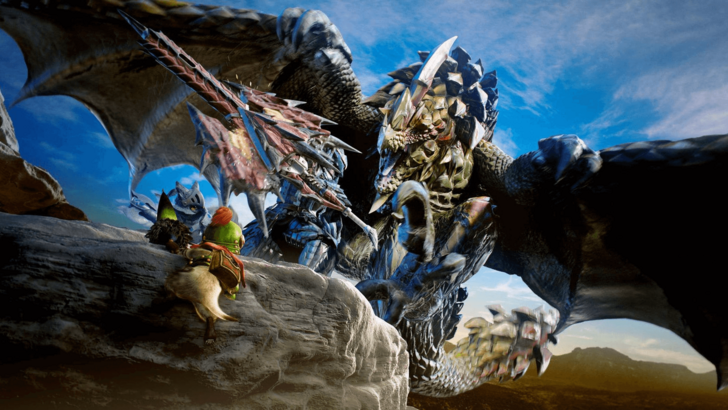
The third and fourth generations introduced innovative weapons with unique mechanics, including transforming weapons and a weapon with a special insect companion.
Switch Axe
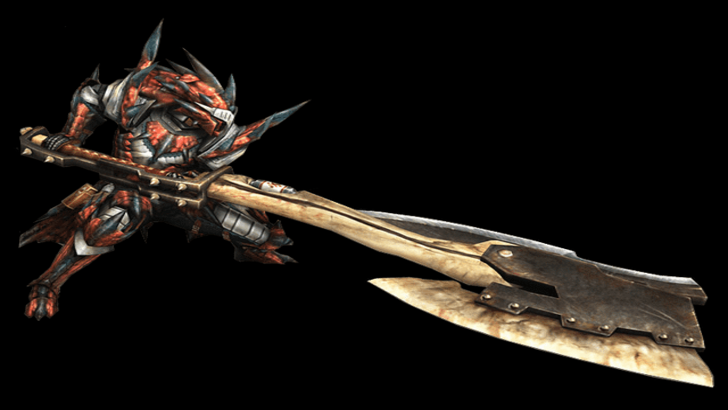
The Switch Axe, introduced in Monster Hunter 3, features two modes: Axe Mode for mobility and reach, and Sword Mode for increased damage and Elemental Discharge finishers. Initially, players had to unlock the Switch Axe, but it became available from the start in later versions.
Monster Hunter World introduced the Amped state, which enhances Sword Mode after landing hits, while Monster Hunter Rise extended this to both modes, encouraging fluid transitions between forms. The Switch Axe's form-swapping mechanics add a unique layer to combat.
Insect Glaive
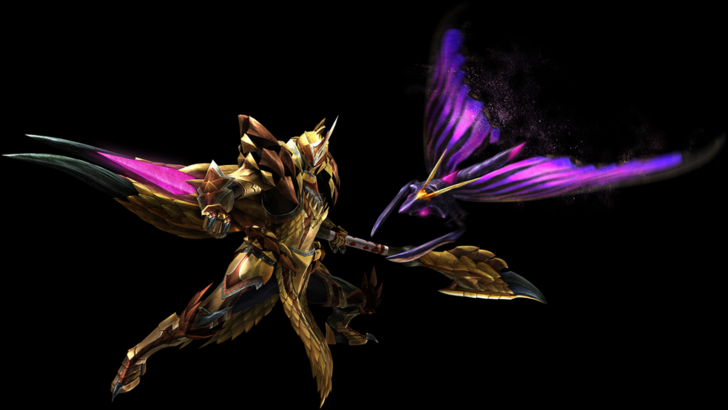
The Insect Glaive, introduced in Monster Hunter 4, pairs a double-bladed glaive with a Kinsect that collects essences to buff the hunter. The weapon excels at aerial combat and mounting monsters, with essences enhancing attack, mobility, and defense.
While the core gameplay remained consistent, Monster Hunter World: Iceborne added the Descending Thrust finisher, and Monster Hunter Rise simplified the Kinsect upgrade system. The Insect Glaive's unique mechanics and aerial prowess make it a popular choice for players seeking versatility.
Charge Blade
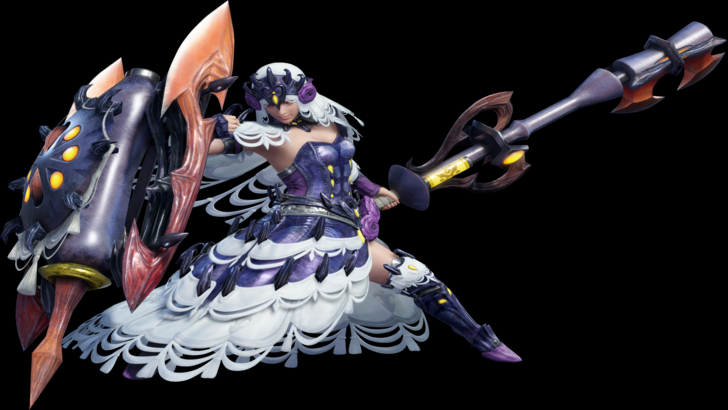
The Charge Blade, also introduced in Monster Hunter 4, is a transforming weapon with Sword and Axe Modes. Sword Mode charges phials, while Axe Mode unleashes them with the Amped Elemental Discharge. Known for its complexity and rewarding playstyle, the Charge Blade requires mastery of Guard Points and mode transitions.
Its versatility and powerful finishers make it a favorite among experienced players, offering a challenging yet rewarding experience.
Will There Be More?
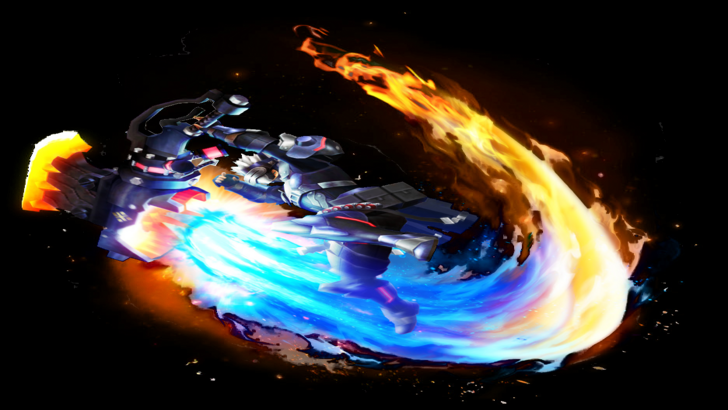
Monster Hunter Wilds will feature the fourteen weapons discussed, but the series has a rich history of weapons that haven't been included in Western releases. Given the franchise's longevity, future games may introduce new weapons or reintroduce older ones, adding even more depth to the already addictive gameplay.
You may also like...

-
Goat Simulator 3's long-awaited Shadiest update arrives on mobileEnjoy fresh summer-themed content in this physics-driven mayhem simulatorOriginally launched for consoles and PC back in 2023One year after its initial release, Goat Simulator 3's infamAuthor : Christopher Nov 03,2025
-
Rune Factory: Guardians of Azuma Arrival DateLaunching May 30, 2025Rune Factory: Guardians of Azuma arrives on May 30, 2025 for Nintendo Switch and PC via Steam. Though the precise launch hour remains unconfirmed, we'll update this page with timing dAuthor : Brooklyn Nov 03,2025
-
 Lust Theory Season 3Download
Lust Theory Season 3Download -
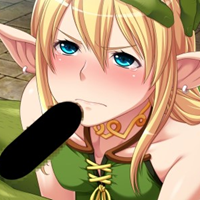 Your Wife is an Orc Cock SlutDownload
Your Wife is an Orc Cock SlutDownload -
 Dollars-Old Vegas SlotsDownload
Dollars-Old Vegas SlotsDownload -
 Dinosaur Hunting: Trex HunterDownload
Dinosaur Hunting: Trex HunterDownload -
 Dream Garden: Makeover DesignDownload
Dream Garden: Makeover DesignDownload -
 ΛεξοΜαγείαDownload
ΛεξοΜαγείαDownload -
![[18+] Starlewd Valley:Re!](https://imgs.ehr99.com/uploads/37/173149215167347937c925c.jpg) [18+] Starlewd Valley:Re!Download
[18+] Starlewd Valley:Re!Download -
 NES Roms-Games,EmulatorDownload
NES Roms-Games,EmulatorDownload -
 Bara Bere - Break Bricks BallDownload
Bara Bere - Break Bricks BallDownload -
 Casino vacation slotsDownload
Casino vacation slotsDownload
- Black Ops 6 Zombies: How To Configure The Summoning Circle Rings on Citadelle Des Morts
- Harvest Moon: Lost Valley DLC and Preorder Details Revealed
- Roblox: Latest DOORS Codes Released!
- Silent Hill 2 Remake Coming to Xbox and Switch in 2025
- Roblox: Blox Fruits Codes (January 2025)
- Roblox: Freeze for UGC Codes (January 2025)


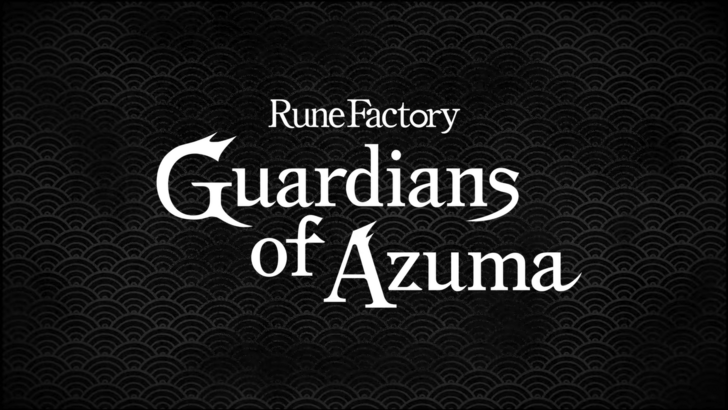
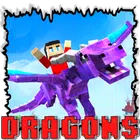
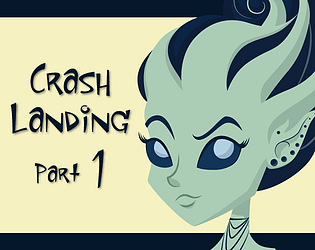



![Taffy Tales [v1.07.3a]](https://imgs.ehr99.com/uploads/32/1719554710667e529623764.jpg)



